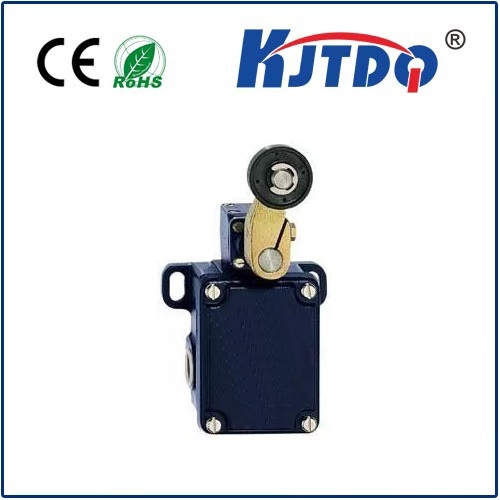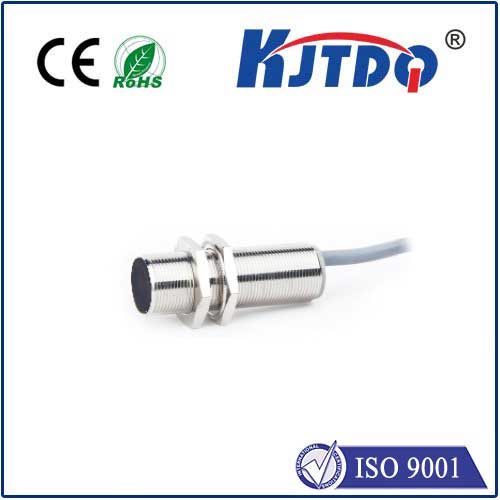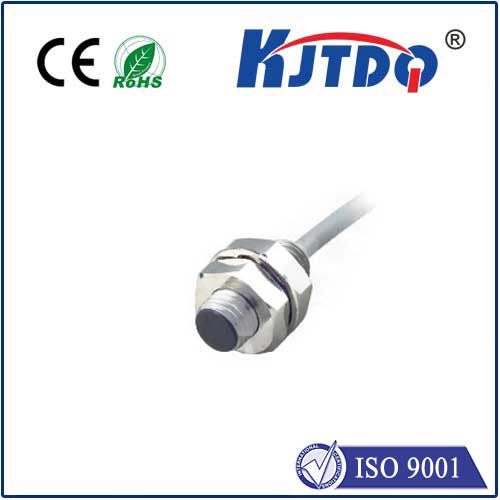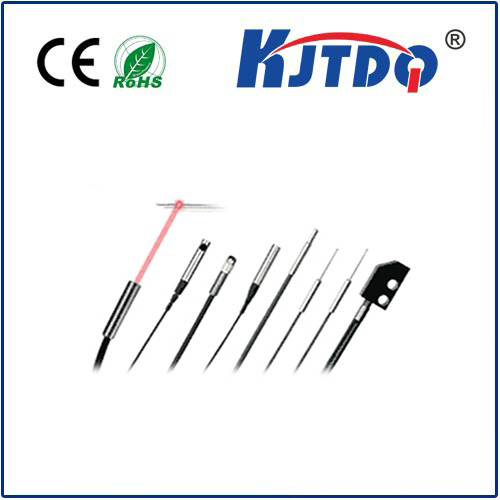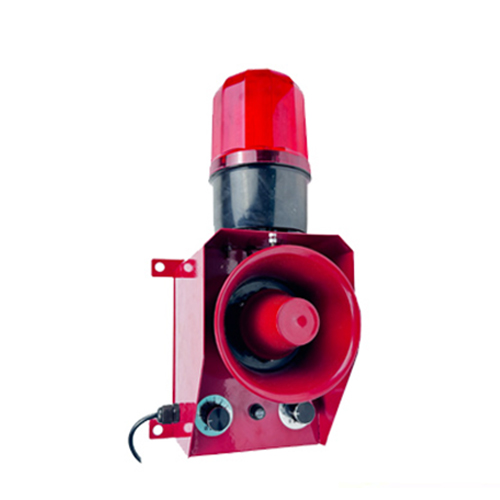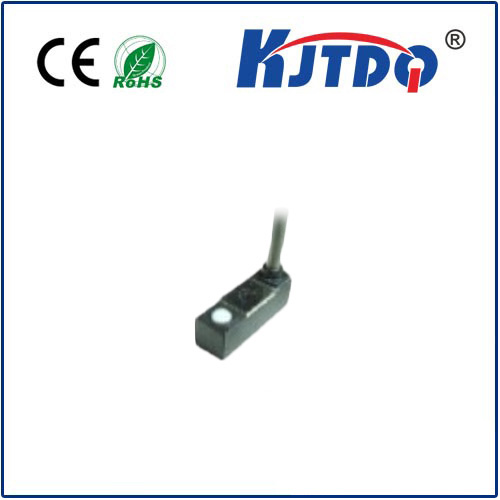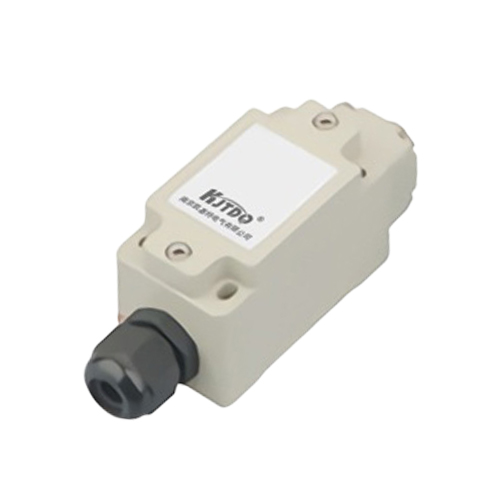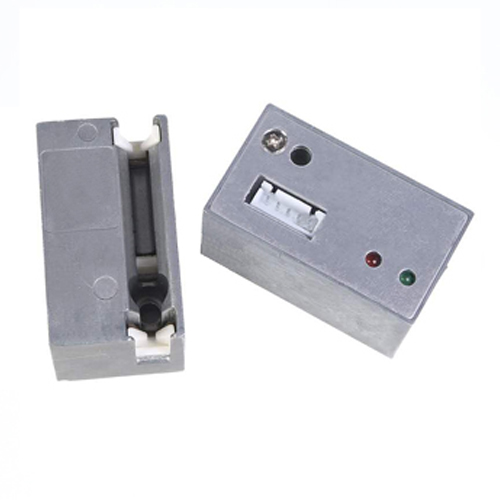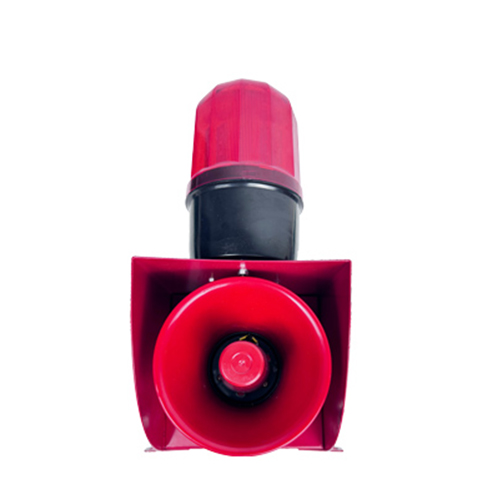led proximity sensor
- time:2025-07-12 02:48:57
- Click:0
LED Proximity Sensors: The Invisible Guardians of Modern Technology
Ever wondered how your smartphone screen automatically dims when held to your ear? Or how automatic faucets sense your hands without physical contact? The unsung hero enabling these intuitive interactions is often the LED proximity sensor. Far more than just a simple component, this technology forms an invisible bridge between the physical world and our digital devices, providing crucial contextual awareness. But how exactly does this miniature marvel work its magic?
Demystifying the Core Principle: Light as the Messenger
At its heart, an LED proximity sensor relies on a beautifully simple concept: emitting light and detecting its reflection. Here’s the breakdown of its core operation:
- The Emitter (LED): An infrared LED (IR LED) is the workhorse. Why IR? Because infrared light is invisible to the human eye. This allows the sensor to operate constantly without causing visual distraction or interference. The LED emits pulses of IR light outwards into the surrounding environment.
- The Detector: Positioned near the LED is a light-sensitive component, typically a photodiode or phototransistor. This detector patiently “listens” for the specific wavelength of IR light emitted by its paired LED.
- The Interaction: When an object enters the sensor’s detection zone, the emitted IR light strikes its surface. Some of this light is reflected back towards the sensor.
- The Analysis: The photodetector picks up this reflected IR light. The proximity sensor circuitry then analyzes the intensity of the reflected signal. Crucially, the amount of reflected light received correlates directly with the distance of the object. A stronger signal generally means the object is closer; a weaker signal suggests it’s farther away or absent.
- The Output: Based on a pre-determined threshold for reflected light intensity, the sensor’s electronics determine whether an object is “near” or “far”. This binary or analog distance information is then sent to the host device’s main processor to trigger the desired response (e.g., turning off a touchscreen, activating a faucet).
Why LED Proximity Sensors Dominate: Core Advantages

Their widespread adoption isn’t accidental. LED-based proximity detection offers several compelling benefits over other sensing methods:
- Non-Contact Detection: They sense presence or distance without needing physical touch, reducing wear and tear and enabling touchless interfaces – a key feature in hygiene-conscious environments.
- Energy Efficiency: Modern IR sensors, especially those using pulsed IR LEDs and optimized circuits, are incredibly power-efficient. This is absolutely critical for battery-powered devices like smartphones and wearables, enabling features like automatic screen dimming without significantly draining the battery.
- Compact Size: The components (IR LED, photodetector, basic circuitry) can be made remarkably small. This miniaturization allows seamless integration into even the slimmest smartphones, earbuds, and other portable gadgets.
- Cost-Effectiveness: The fundamental components are mature, mass-produced technologies, making LED proximity sensor modules relatively inexpensive to manufacture and integrate.
- Reliability: With no moving parts and robust electronic components, these sensors offer high reliability and long operational lifespans under normal conditions.
- Speed: Detection and response times are typically very fast (often milliseconds), enabling real-time interactions.
Ubiquitous Applications: Where You Find Them Every Day
The unique blend of compactness, efficiency, and reliable non-contact detection makes LED proximity sensors indispensable across countless domains:
- Consumer Electronics (The Powerhouse):
- Smartphones & Tablets: Automatically turning off the touchscreen and disabling inadvertent taps when held to the ear during calls. Sensing when a phone is in a pocket or bag to prevent accidental wake-ups. Optimizing display brightness based on proximity to the user’s face.
- Laptops: Detecting when the lid is closed to trigger sleep mode.
- Smartwatches & Fitness Trackers: Recognizing when worn on the wrist to activate the display and conserve battery when not worn.
- Earbuds: Detecting when removed from the ear to pause playback automatically.
- Robotic Vacuums: Avoiding collisions with walls, furniture, and obstacles.
- Industrial Automation & Safety:
- Object detection on conveyor lines for counting or positioning.
- Detecting the presence of materials or products.
- Safety interlocks on machinery to prevent operation if a guard is open or a person is too close to a hazardous zone.
- Home Automation & Appliances:
- Automatic faucets and soap dispensers in public and home bathrooms.
- Touchless light switches.
- Hands-free control interfaces for smart home panels.
- Paper towel dispensers.
- Automotive:
- Detecting occupant presence for seatbelt reminders or advanced airbag systems.
- Driver presence detection for safety systems.
- Automatic opening/closing of trunk lids (kick sensors).
- Medical Devices:
- Ensuring proper positioning of devices near the body.
- Touchless controls for hygiene-critical equipment.
Key Considerations When Choosing or Using an LED Proximity Sensor
While versatile, understanding a few critical factors ensures optimal performance:
- Detection Range: Sensors are designed for specific ranges (e.g., a few millimeters up to several centimeters, sometimes meters). Choose one suited to your application’s required distance. Operating range is a key specification.
- Environmental Factors: Ambient light (especially sunlight containing IR), dust, fog, or the color/reflectivity of target objects can affect performance. Many sensors incorporate ambient light rejection techniques and calibration routines to mitigate this. Consider the typical environment for deployment.
- Response Time: How quickly the sensor needs to react after detecting an object.
- Power Consumption: Especially vital for battery-powered devices; look at average and peak current draw.
- Form Factor & Mounting: Physical size constraints and how the sensor needs to be positioned relative to the detection zone.
The Invisible Enabler Continues to Evolve
LED proximity sensors are a testament to elegant engineering: solving a fundamental problem (presence/distance detection) with a simple, reliable, and cost-effective approach using light. Their unique combination of non-contact operation, compact size, low power draw, and solid reliability has cemented their role as a fundamental building block in the seamless interaction between humans and technology. From extending our smartphone battery life to enabling touchless public amenities and enhancing industrial safety, these invisible guardians operate silently but effectively in the background. As technology pushes towards ever more intuitive and context-aware interactions, the humble LED proximity sensor, likely evolving with even smarter algorithms and integrated functionalities, will continue to play a vital role in bridging our physical actions to digital responses.












